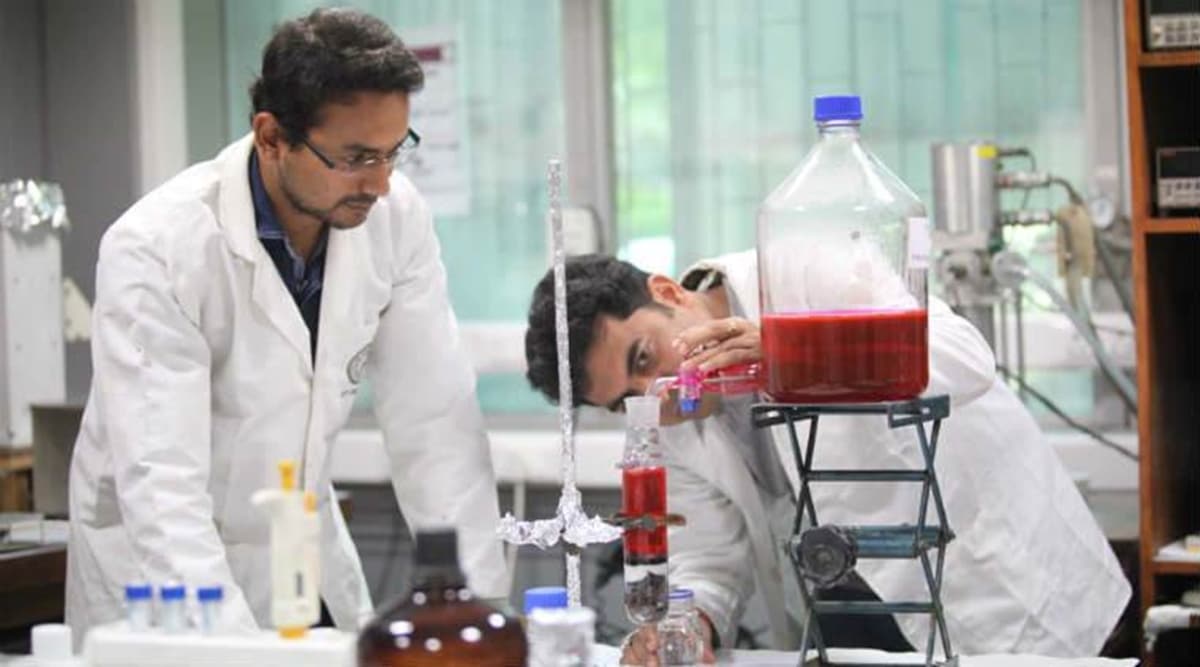
In an ambitious attempt to make scientific knowledge and data available to all, the government has proposed an ‘open science policy’ that will ensure that all results and information generated by all publicly funded research are freely accessible. for all.
More significantly, the government has proposed to buy bulk subscriptions of all major scientific journals around the worldand provide everyone in India free access to them.
The proposals have been made in the draft of the Science, Technology and Innovation Policy that was published on New Year’s Day, to invite comments and suggestions from the public.
The “One nation, one subscription” policy for scientific journals is a radical movement that could be a game changer for the scientific community and individual researchers. The best scientific journals in the world are expensive and sometimes even one article can cost several tens of dollars to access. Even the best institutions have to be selective when subscribing to these magazines.
Officials said the policy was aimed at buying access to between 3,000 and 4,000 high-impact scientific journals, and the government could end up spending roughly 2,000 to 3,000 crore rupees on wholesale subscriptions each year.
“This has not been attempted in any country so far, but in our opinion, it is a transformative step in making scientific knowledge available to everyone… Publicly funded research is carried out with taxpayer money. . And the taxpayer does not need to pay to access the results or data generated by this investigation, ”said Akhilesh Gupta, head of the team that wrote the policy document.
‘One Nation, One Subscription’ is proposed as part of a new open science framework that will ensure free access to scientific data for all. With this objective, the Ministry of Science and Technology, which has drawn up the new policy, has proposed the launch of a Science, Technology and Innovation Observatory that will serve as a central repository for all types of data generated from scientific research in the country.
From this Observatory, all data and information related to research financed with public funds would be freely accessible to everyone in terms of “FAIR (Fair, Accessible, Interoperable and Reusable)”. In situations where some data cannot be made available to everyone for reasons of privacy, national security or intellectual property rights, “duly anonymised and / or redacted data” will be made accessible. And even if some data cannot be released to the general public due to these or other reasons, genuine researchers would definitely have access.
The draft policy also proposes “proactive steps” to improve the quality of Indian magazines and “concentrated efforts” to prevent the publication of fake magazines. Furthermore, it is proposed that the libraries of all publicly funded institutions be accessible to the general public, “subject only to reasonable security protocols.”
The Ministry of Science and Technology expects the final policy to be approved by the government in the first half of this year. The stated goal of the policy, which will replace the 2013 STI policy, is to achieve technological self-sufficiency and place India among the top three scientific powers in the world for the next decade. He expects public and private spending on research and development to double every five years.
An important part of the policy is the emphasis on promoting the goals of Atmanirbhar Bharat by making India self-sufficient in science and technology. It proposes adopting a two-way approach, “indigenous development of technology as well as indigenization of technology”, to achieve this.
The policy says that infrastructure will be established to boost local R&D capabilities and reduce large-scale importation in “selected sectors of national importance such as electronic hardware for household appliances, railways, smart transportation, cleantech, defense, etc.” .
“Initiatives such as building a robust semiconductor ecosystem will strengthen India’s position in strategic sectors,” he says.
For strategic sectors, the policy proposes the establishment of a Strategic Technology Board that will unite all strategic government departments and “monitor and recommend technologies that will be purchased or manufactured in the country.”
.